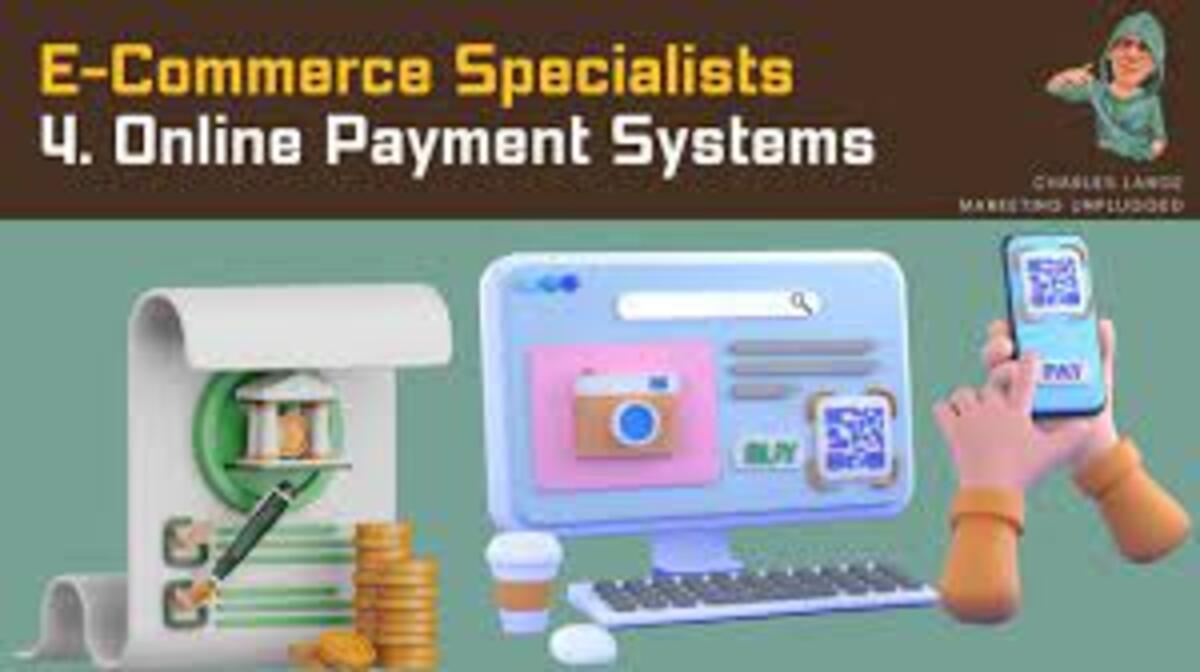Business
Seamless payments, zero friction: Exploring the future of e-commerce transaction tech

As a modern consumer, keeping up with the ever-evolving digital payment landscape can be daunting. With seemingly endless e-commerce transaction technologies on the market ranging from mobile wallets to cryptocurrency, it’s hard to know where to turn for trustworthy and secure solutions. Now more than ever, businesses must identify strategies that ensure their customers have access to seamless payments with zero friction while remaining compliant with standards of privacy and security that are continuously on the rise.
This article will explore the most innovative e-commerce transaction technology available today and how these advances rapidly influence online customer behavior regarding convenience, savings, and efficiency. Stay tuned as we uncover what is shaping into an exciting future for payment processing.
What are frictionless payments, and how does it work in e-commerce transactions
Frictionless payments refer to the seamless transaction of funds from a buyer to a seller without any hindrances or delays. This payment model works in e-commerce transactions by combining composable commerce principles, which involve highly modular and flexible platforms that enable businesses to create personalized customer experiences.
In frictionless payments, the customer’s payment information is stored on the platform, allowing for quick and secure transactions, often completed with just a few clicks. Eliminating steps and reducing wait times result in higher conversion rates and improved user experience. Furthermore, the technology behind frictionless payments facilitates the growth of e-commerce industries, enabling businesses to expand into unfamiliar markets and reach new customers effectively.
Pros and cons of current payment processes for customers
The traditional e-commerce payment process typically includes entering personal and billing information on a checkout page, verifying the credentials via email or text, and then waiting for funds to clear. This process is often clunky, cumbersome, and time-consuming – particularly when handling multiple payments simultaneously. On the other hand, frictionless payments offer customers an effortless experience where they can securely and quickly complete transactions without all the hassle.
However, when it comes to security and privacy, customers should be aware that their payment data is stored on a third-party platform which could still be vulnerable to cyberattacks. In some cases, customers may have to pay fees associated with using the service – such as processing or transaction fees – thus reducing any potential savings.
Exploring the potential for biometric authentication as a way to verify identity and secure payments
Biometric authentication is an emerging technology that uses physical or behavioral characteristics to verify identity. Fingerprint, facial recognition, and voice recognition are just some of the biometrics used to unlock devices and access secure information.
Considering its potential in e-commerce transactions, biometric authentication could offer customers a higher level of security when verifying their identity and making payments. It also eliminates the need for passwords or other complex verification methods, resulting in a faster, more streamlined payment experience.
Additionally, biometric authentication may detect fraud by collecting data from customer transactions and comparing them against pre-established criteria to identify suspicious activities such as unusual spending patterns or repeat purchases. The ability to detect fraud quickly and accurately can help minimize losses for businesses and ensure that customers are protected from unauthorized use of their payment information.
The impact of blockchain technology on e-commerce security and transaction handling
Blockchain technology is a distributed ledger where multiple parties record and verify transactions, making it almost impossible to hack or modify data. This immutable system has been touted as a revolutionary tool for verifying identities and financial records without the need for third-party institutions, offering customers greater trust in the security of their transactions.
In addition to providing secure payment transactions, blockchain technology could also be used to track the provenance of goods to ensure authenticity and prevent fraud. It would provide customers with even more assurance that their purchase is protected from counterfeiting or tampering, giving them peace of mind when making purchases online.
Benefits of using data analytics to optimize customer experience and drive up conversion rates
Data analytics is a powerful tool businesses can use to gain insights into customer behavior and preferences. Regarding e-commerce, harnessing data can help identify what products customers are interested in purchasing, track their habits and preferences, and even anticipate future purchases. By leveraging this information, businesses can provide personalized experiences for their customers resulting in higher conversion rates and greater customer satisfaction.
Furthermore, data analytics can identify opportunities for businesses to optimize their websites and streamline processes such as checkout experiences. It includes providing tailored promotions and discounts, recommending discount offers or loyalty programs your customers may be interested in, and showing dynamic pricing options based on customer behavior. All these initiatives result in improved customer experiences and increased revenue.
Predictions for the future of e-commerce transaction technology
As the world progresses toward a digital economy, emerging technologies such as frictionless payments, biometric authentication, and blockchain will become increasingly commonplace. Businesses can leverage these technologies to provide customers with secure, fast, and convenient online shopping experiences.
Additionally, data analytics is set to play an even more significant role in e-commerce, where businesses can collect and analyze data to create more dynamic products and services personalized to customer preferences. It could result in more profound levels of personalization that will further drive up conversion rates, allowing businesses to succeed tremendously in the long run.
Harper Harrison is a reporter for The Hear UP. Harper got an internship at the NPR and worked as a reporter and producer. harper has also worked as a reporter for the Medium. Harper covers health and science for The Hear UP.










